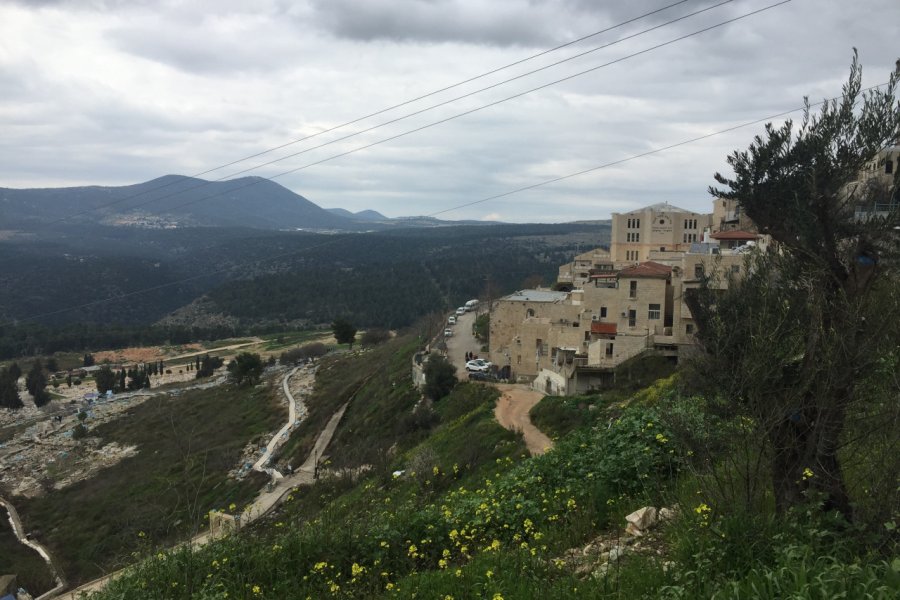Travel Guide Safed
Find an accommodation
Advertising
To the northwest of Lake Tiberias, Safed (or Zefat, Tsfat, Zefad) is a charming city of 35,000 inhabitants, with a rich historical heritage. Perched at an altitude of 800 m at the top of a hill, it is the highest city in Israel. It offers splendid views and attracts tourists and Jewish pilgrims who come to visit the tombs of 16th century rabbis and visit the ancient synagogues. Safed is one of the four holy cities of Judaism along with Jerusalem, Hebron and Tiberias, and is a centre for the study of Kabbalah (Jewish mystical tradition). It is also an artistic centre, with its maze of old cobbled streets, lined with galleries, where it is pleasant to stroll for a day or more. As in other religious cities in the country, Shabbat is followed with conviction by a large part of the population (estimated at 35% Orthodox and 20% Ultra-Orthodox). It will be difficult for you to find something open, or even to drive a vehicle, from late Friday afternoon to Saturday evening.HistoryAccording to tradition, Safed was founded by Shem, one of Noah's three sons. In Roman times, it was mentioned as a fortified city by the writer Flavius Josephus (1st century). In 1140, the Crusaders built an important fortress there to control the road to Damascus. It was destroyed by Saladin, rebuilt by the Knights Templar and then destroyed again by the Mamluks in 1266. In the 15th and 16th centuries, many Sephardic Jews fleeing the Inquisition in Spain settled there and made the city the main centre of Kabbalistic studies. The city was prosperous, many religious schools and synagogues were built there, and the first printing house in the Middle East was founded there in 1578. The Jewish community has a population of nearly 10,000. However, from the 17th century onwards, with the disappearance of the Kabbalah masters and a difficult economic situation, the city began to decline. After a first earthquake that affected the entire region in 1759, Safed was destroyed by a second earthquake in 1837. Several thousand people lost their lives. In the 1920s and 1930s, tensions between the Jewish and Arab populations became more and more frequent, and were particularly violent here. In 1948, Israeli forces managed to seize Safed, a strategic point in Galilee because of its altitude, and the Arab population deserted it. In 1951, the old Arab houses and the mosque were transformed into art galleries. Since then, Safed has regained popularity and has once again become a centre for Jewish studies and a tourist destination.
What to visit Safed?
Advertising
Weather at the moment
Advertising
Organize your trip with our partners Safed
Transportation
Book your plane tickets
Car Rental
Boat rental
Accommodation & stays
Find a hotel
Holiday rental
Find your campsite
Tailor-made trip
Immersion travel
Services / On site
Activities & visits
Find a doctor
Safed travel inspiration
Find unique Stay Offers with our Partners
Pictures and images Safed
Other destinations nearby Safed
5 km away
25 km away
100 km away


















